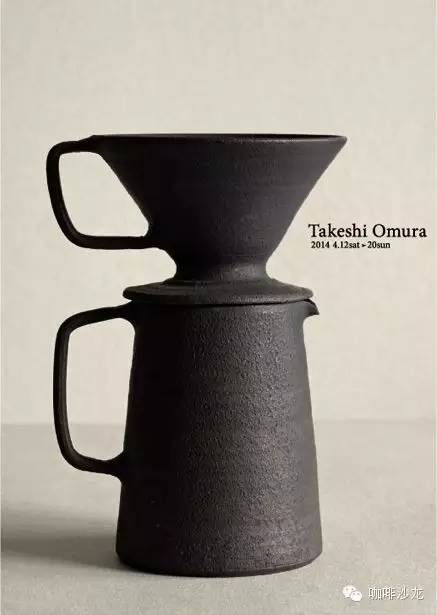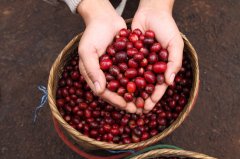How to store raw beans and coffee beans
Here are the most commonly used packaging methods:
Sacks are the most commonly used and economical option for packaging and transporting raw beans. Jute is a renewable resource, and sacks are cheap and do not require special skills or equipment beyond the capacity of ordinary mills and export points. However, sacks cannot insulate the moisture from the stench, so the coffee beans transferred are easily damaged during storage and transportation.
Vacuum packaging is the best way to package raw beans. Vacuum bags can insulate raw beans from moisture, odor and oxygen, and greatly slow down the breathing process, thus slowing down the aging process of coffee beans. Before putting raw beans into vacuum bags, pay close attention to the water activity of beans to avoid mildew during storage. Vacuum packaging costs nearly $0.15-0.25 per pound (0.45-0.75 euros per kilogram) and requires special machinery and skills, often delaying the delivery of raw beans, so this approach is cost-free and risk-free.
Sacks and other sealed bags can insulate raw beans from moisture and odor, and are cheaper and more convenient than vacuum bags. The protection time of raw beans in grain bags is much longer than that in gunny bags, but it is half of that in vacuum bags. The cost of grain bag packaging is 0.05-0.10 US dollars per pound (0.15-0.30 euro per kilogram), so grain bags are the most practical and best choice for quality-conscious bakers. Like real packaging, pay close attention to the water activity of raw beans before putting them in a grain bag to avoid mildew or microbes during storage.
Frozen storage-put the raw beans in a vacuum bag and store them in an environment below 0 °C (32 °F). This method can preserve the flavor of the coffee beans for several years. Some roasters freeze a large number of boutique coffee beans for several years and call them retro coffee beans, but the current market demand for the beans is still small. It is surprising that cold storage can preserve the flavor of five-year-old raw beans as well as one-month raw beans, but it is still too expensive and some people even think it is wasteful. However, in some high-temperature areas, freezing is still a good way to consider, because most raw beans will be damaged after a few days in extremely hot environment.
No matter which method the baker chooses, action should be taken to ensure that the warehouse has a stable storage environment throughout the year. In an extremely hot or humid environment, the quality of raw beans will be affected by storing raw beans higher above the ground, where the temperature may be higher than expected, or where raw beans are stored too close to the roaster.
Seasonality
In recent years, some roasters have emphasized that they only offer coffee beans that are "in season". Like many other concepts in the coffee industry, there is no agreed definition of seasonality. Some people think that only the recently picked raw beans can be regarded as seasonal, while others are less strict in defining the picking time of seasonal raw beans.
Here is a definition proposed by Ryan Brown, a professional raw bean buyer: "We focus on seasonality because we focus on coffee quality. As long as this cup of coffee tastes fresh, can reflect its acidity, and does not have any sign of 'old', then beans can be called seasonal, it is as simple as that.

Important Notice :
前街咖啡 FrontStreet Coffee has moved to new addredd:
FrontStreet Coffee Address: 315,Donghua East Road,GuangZhou
Tel:020 38364473
- Prev

Cleaning coffee machine how to clean coffee machine roaster coffee machine
Making good coffee is very important for a coffee shop. The cleaning of the coffee machine is as important as the production of coffee. So how do you clean up the coffee maker? First of all, you need to buy a vacuum cleaner. This vacuum cleaner is not used to clean the floor, but to remove coffee powder from the bean grinder after work every day. Even the best bean grinder is working.
- Next

Classification and causes of defective beans in Fine Coffee SCAA
The growth environment of boutique coffee beans also has higher requirements. Generally grow at an altitude of 1500 meters or even more than 2000 meters above sea level, with appropriate precipitation, sunshine, temperature and soil conditions. Some world-famous coffee beans also have a special geographical environment, such as the alpine clouds in the Blue Mountains, the free shade provided by the afternoon clouds in Kona, and the volcanic ash soil in Antigua.
Related
- Beginners will see the "Coffee pull flower" guide!
- What is the difference between ice blog purified milk and ordinary milk coffee?
- Why is the Philippines the largest producer of crops in Liberia?
- For coffee extraction, should the fine powder be retained?
- How does extracted espresso fill pressed powder? How much strength does it take to press the powder?
- How to make jasmine cold extract coffee? Is the jasmine + latte good?
- Will this little toy really make the coffee taste better? How does Lily Drip affect coffee extraction?
- Will the action of slapping the filter cup also affect coffee extraction?
- What's the difference between powder-to-water ratio and powder-to-liquid ratio?
- What is the Ethiopian local species? What does it have to do with Heirloom native species?

